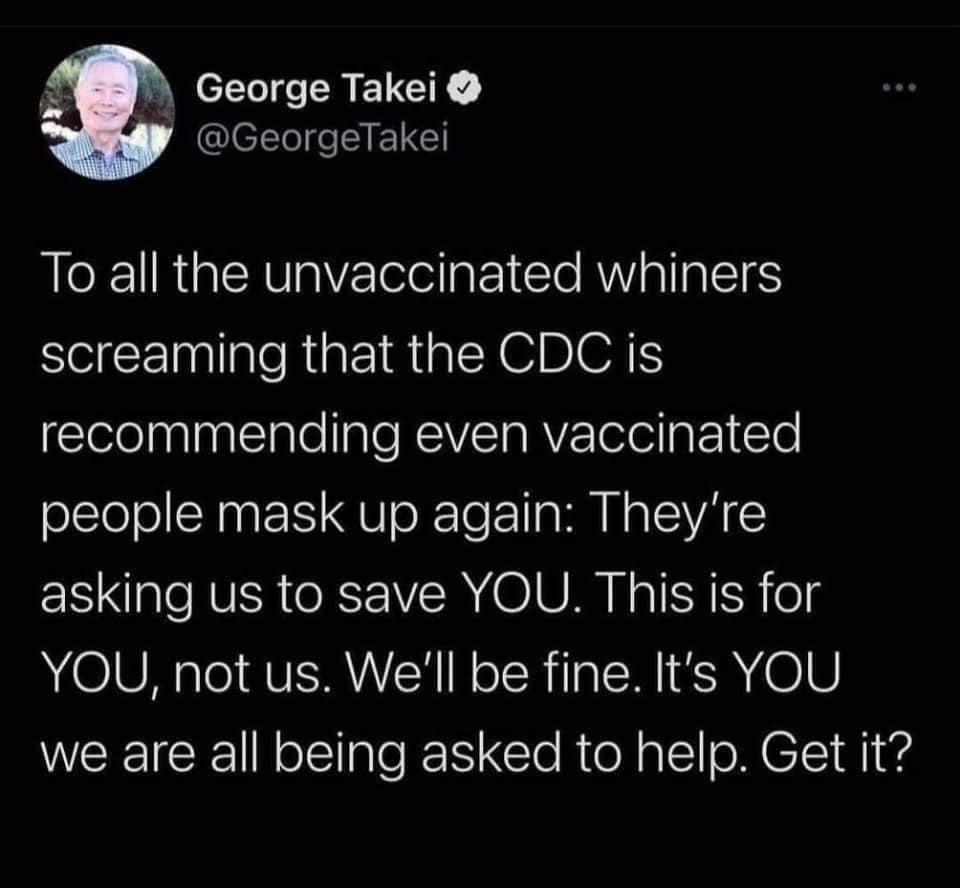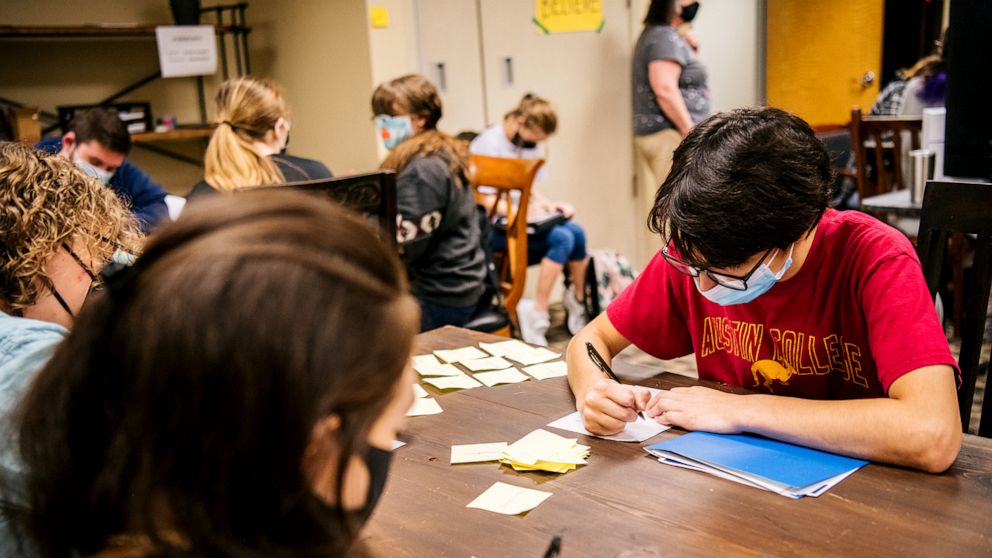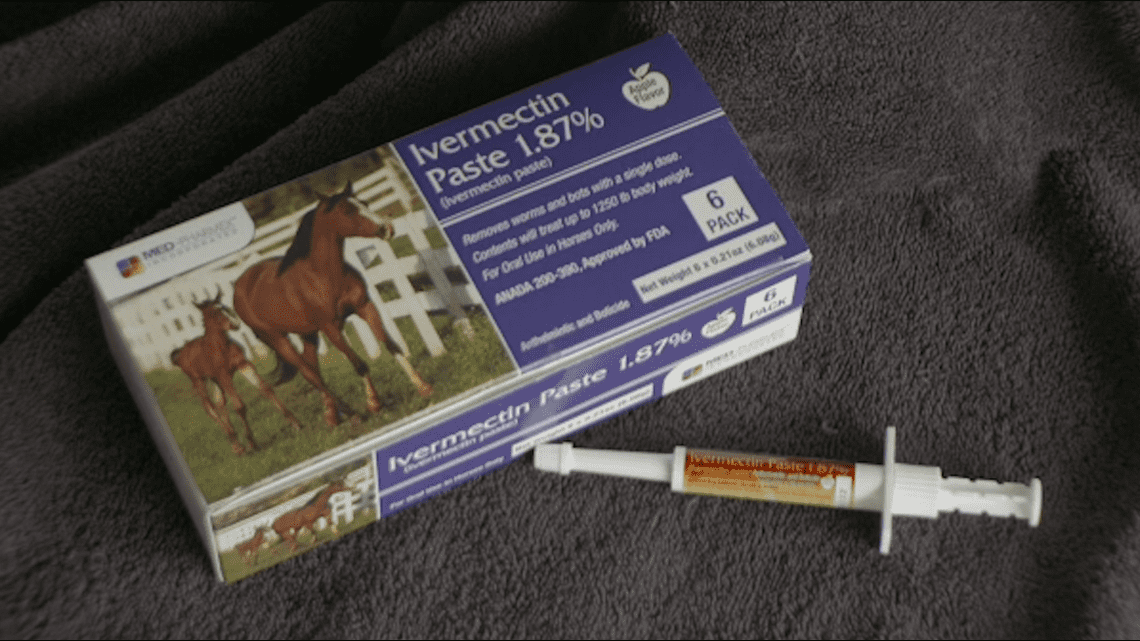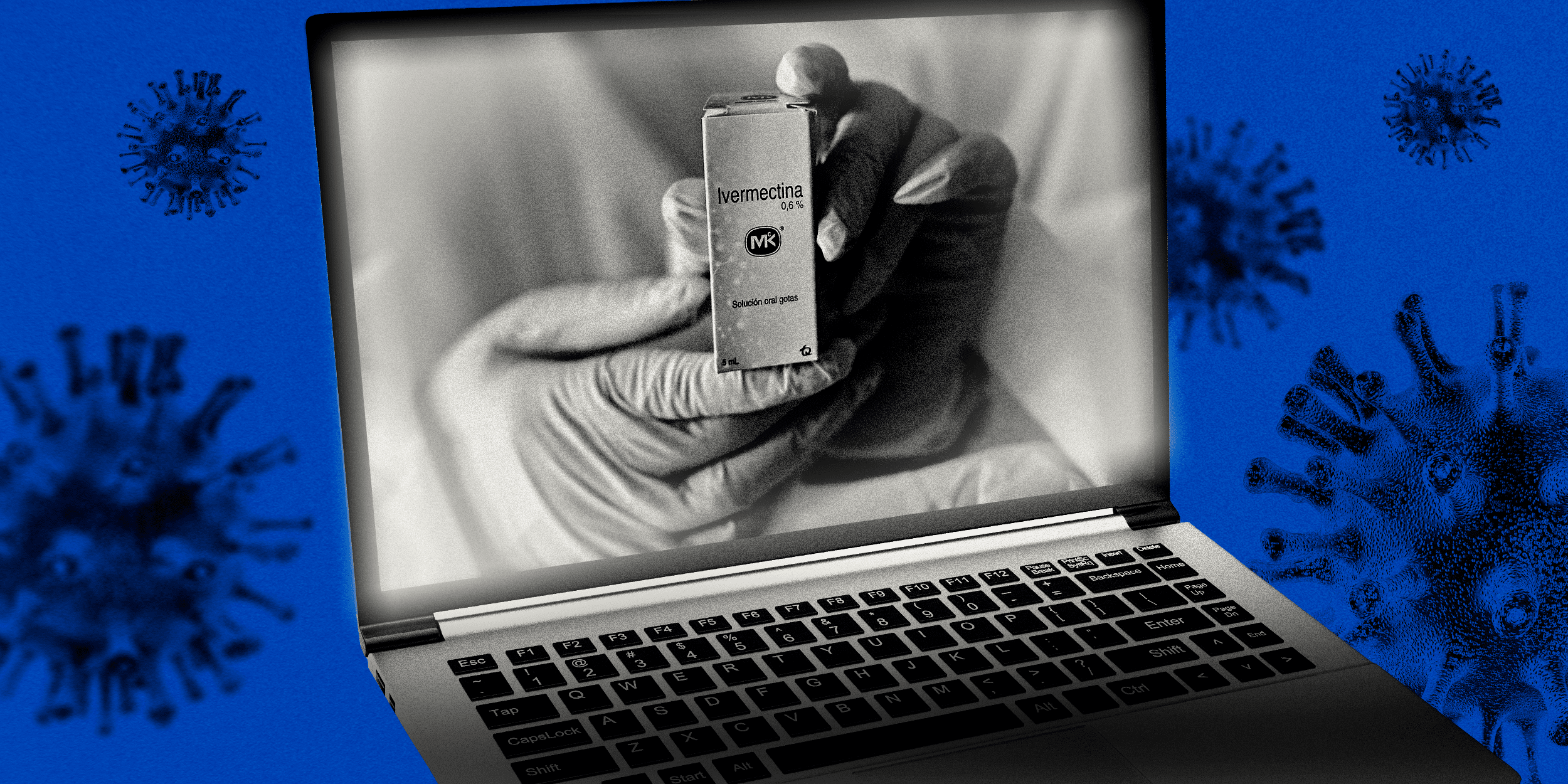When users visit the telemedicine website SpeakWithAnMD.com, they are immediately hit with a warning: “Due to overwhelming demand, we are experiencing longer than usual wait times.”
The demand is for ivermectin, a drug primarily used to deworm animals that has become the latest false cure for Covid-19. And the website, in partnership with the organization America’s Frontline Doctors, whose founder stormed the U.S. Capitol on Jan. 6, has become well-known in the Facebook groups and Reddit communities where anti-vaccination sentiment thrives.
In those groups, people trade dosing directions and purchasing advice for ivermectin.
“Please consider that even if you can get an Rx for IVM, the pharmacy may not fill it for 1-3 days claiming they don’t have it in stock, which is pure ********,” a Reddit user wrote in the ivermectin community this month. “HAVE SOME HORSE PASTE ON HAND,” the user added, referring to the tube form that ivermectin meant for horses comes in.
Originally introduced as a veterinary drug for livestock animals in the late-1970s, ivermectin quickly proved useful in combating certain human diseases caused by parasites, a discovery that won the Nobel Prize for medicine in 2015. It comes in pills and pastes, in versions meant for humans and for animals.
Ivermectin has been called a “wonder drug” because of its use in treating parasitic diseases, but it has not shown the same results in studies against viruses.
The drug was the subject of research into possible use as a Covid-19 treatment — including a promising non-peer-reviewed study that was later determined to be “flawed” and taken down by the website Research Square, which hosts preprints of research papers that have not yet been published in academic journals.
The groups highlight the challenge public health officials and tech companies face in cracking down on Covid-19 misinformation — and the lengths some people will go to embrace fringe and misleading Covid advice. NBC News obtained access to several groups that are dedicated to ivermectin or have recently embraced the drug. Some groups have tens of thousands of members and can easily be found through Facebook’s search feature.
More than a year and a half into the coronavirus pandemic, various drugs have had their moments in anti-vaccination communities and among some conservatives in the U.S. — and ivermectin is not particularly different. But it comes at a time when parts of the country are in another Covid wave, this one fueled by the delta variant of the virus and with a safe and effective option available: the vaccines.
“It’s hard to understand why people would turn down an FDA-approved Covid preventative in favor of a treatment that’s not only unapproved but has a large body of evidence showing it doesn’t work,” said Dr. Nathan Boonstra, a pediatrician at Blank Children’s Hospital in Des Moines, Iowa, and co-host of the podcast “Voices for Vaccines.” “But antivax groups will eat up any opportunity to make it seem like a vaccine isn’t needed. This has been true about anti-vaccine groups long before the pandemic.
“There is a lot of shared space between pro-ivermectin and anti-vaccine groups,” he added.
The Centers for Disease Control and Prevention issued a health advisory Thursday warning of a rapid increase in ivermectin prescriptions and reports of severe illness by people using ivermectin products. Data from the National Prescription Audit showed a dramatic spike in ivermectin prescriptions in recent weeks — more than nine times pre-pandemic levels.
Facebook spokesperson Aaron Simpson said in an emailed statement that the company removes any content that "attempts to buy, sell, donate or ask for Ivermectin."
"We also enforce against any account or group that violates our COVID-19 and vaccine policies, including claims that Ivermectin is a guaranteed cure or guaranteed prevention, and we don’t allow ads promoting Ivermectin as a treatment for COVID-19," he wrote. "Since the beginning of the pandemic, we have removed 20 million pieces of COVID misinformation, labeled more than 190 million pieces of COVID content rated by our fact-checking partners, and connected over 2 billion people with authoritative information through tools like our COVID information center.”
Reddit is reviewing the ivermectin communities, spokesperson Cameron Njaa said in an emailed statement that underscored its commitment to providing accurate information, resources and support to its users.
The groups suggest ways to buy ivermectin and plenty of encouragement to do so. Some commenters push users to online cattle supply companies or pet stores. Others recommend SpeakWithAnMD.com.
The website advertises consultations for $90 and fills prescriptions through Ravkoo Pharmacy, an online pharmacy that America’s Frontline Doctors advertises as “partners,” who provide “the option to have that prescription delivered right to your door, the same day.” On a SpeakWithAnMD.com intake form viewed by NBC News, prospective patients are asked, “What medication do you prefer?” The user is then presented with three options: “Ivermectin,” “Hydroxychloroquine” or “Not sure.”
A user visiting for other reasons may not have much luck. The website makes it clear: “Controlled substances (such as narcotics) will never be prescribed.”
Reached by phone, Ravkoo Pharmacy CEO Alpesh Patel declined to comment about the relationship with America’s Frontline Doctors and hung up. America’s Frontline Doctors and SpeakWithAnMD did not respond to requests for comment.
From hydroxychloroquine to ivermectin
Much as the anti-malaria drug hydroxychloroquine became an unproven remedy for Covid deniers after former President Donald Trump embraced it, ivermectin has emerged in recent weeks as a favorite treatment of some conservatives and anti-vaccination activists.
Ivermectin first drew some attention late last year as a possible Covid treatment, with interest remaining reasonably low until July, according to Google search data.
In recent weeks, a variety of conservative figures and anti-vaccination activists have embraced the drug. Fox News hosts Laura Ingraham, Sean Hannity and Tucker Carlson have mentioned it.
Phil Valentine, the conservative radio host who died from Covid-19 this week, also turned to ivermectin after his diagnosis and urged his listeners to do the same. (He later encouraged listeners to get vaccinated.)






